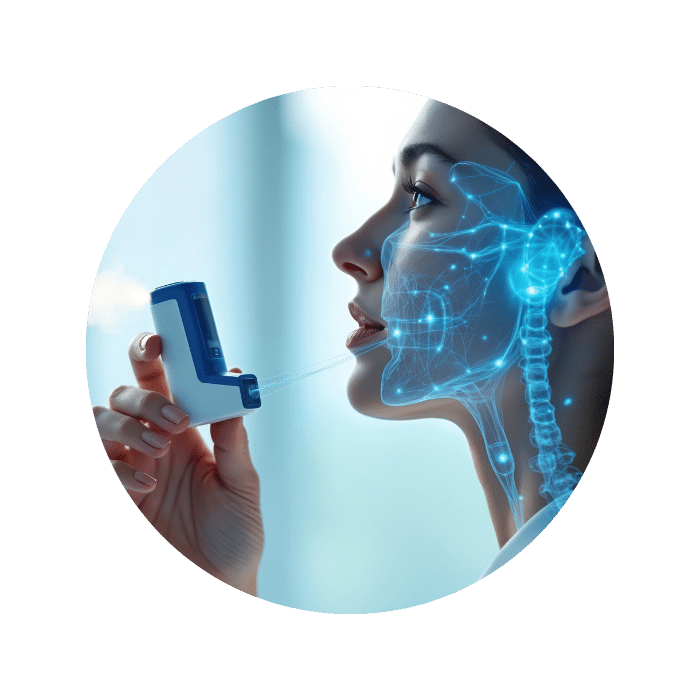Medical IoT (IoMT) Software Development
Medical IoT (IoMT) is transforming patient care, but developing connected medical devices comes with complex challenges—data security, interoperability, real-time performance, and regulatory compliance. At Syncro Medical, we specialize in building the robust software layers that bring IoMT ecosystems to life.
Whether you’re creating a wearable device, integrating cloud-based monitoring, or enabling secure data flows between devices and healthcare systems, our team helps you navigate the technical, regulatory, and UX challenges. With decades of MedTech software experience, we ensure your IoT solution is reliable, scalable, and FDA-ready—so you can focus on delivering better outcomes, faster.

Ready to accelerate your medical device development? Let's talk about how our expertise can reduce risk and streamline development.
We enable Medtech companies to leverage the possibilities of IoMT to improve patient outcomes and streamline medical processes.
We formed our Medical IoT development group in 2015 and have been steadily creating products used for drug delivery, patient monitoring, therapy management, patient care, disease management, and medical procedures.
If your product requires securely connecting your device to a network for data visualization, cloud storage, authentication, or data analytics, we are fully equipped with the software experience required to make your product a reality.
AREAS OF MEDICAL IoT EXPERTISE
We specialize in designing and implementing the following technologies into medical devices and combination products:
Transforming Care Through Connected Medical IoT Solutions
From wearable sensors to cloud-based analytics, Medical IoT (IoMT) is redefining patient care. Syncro Medical helps MedTech innovators overcome the complexity of building secure, interoperable, and high-performing IoT ecosystems.
Our expertise powers applications such as:
Remote Patient Monitoring
Wearables and home-based devices that capture real-time vitals and transmit data securely to healthcare systems.
Connected Medical Devices
Smart infusion pumps, diagnostic equipment, and implantables that integrate seamlessly with cloud platforms and EMRs.
Hospital & Clinical IoT Systems
Real-time device tracking, smart alerts, and integrated data dashboards for efficient care delivery.
Digital Health Tools
IoT-enabled solutions like smart pill bottles or connected drug-delivery devices that improve patient compliance and outcomes.
PLATFORM EXPERTISE
We support our clients at every stage of the medical device software design and development process
Learn more about how we help our clients accelerate software R&D for their market-leading devices.
